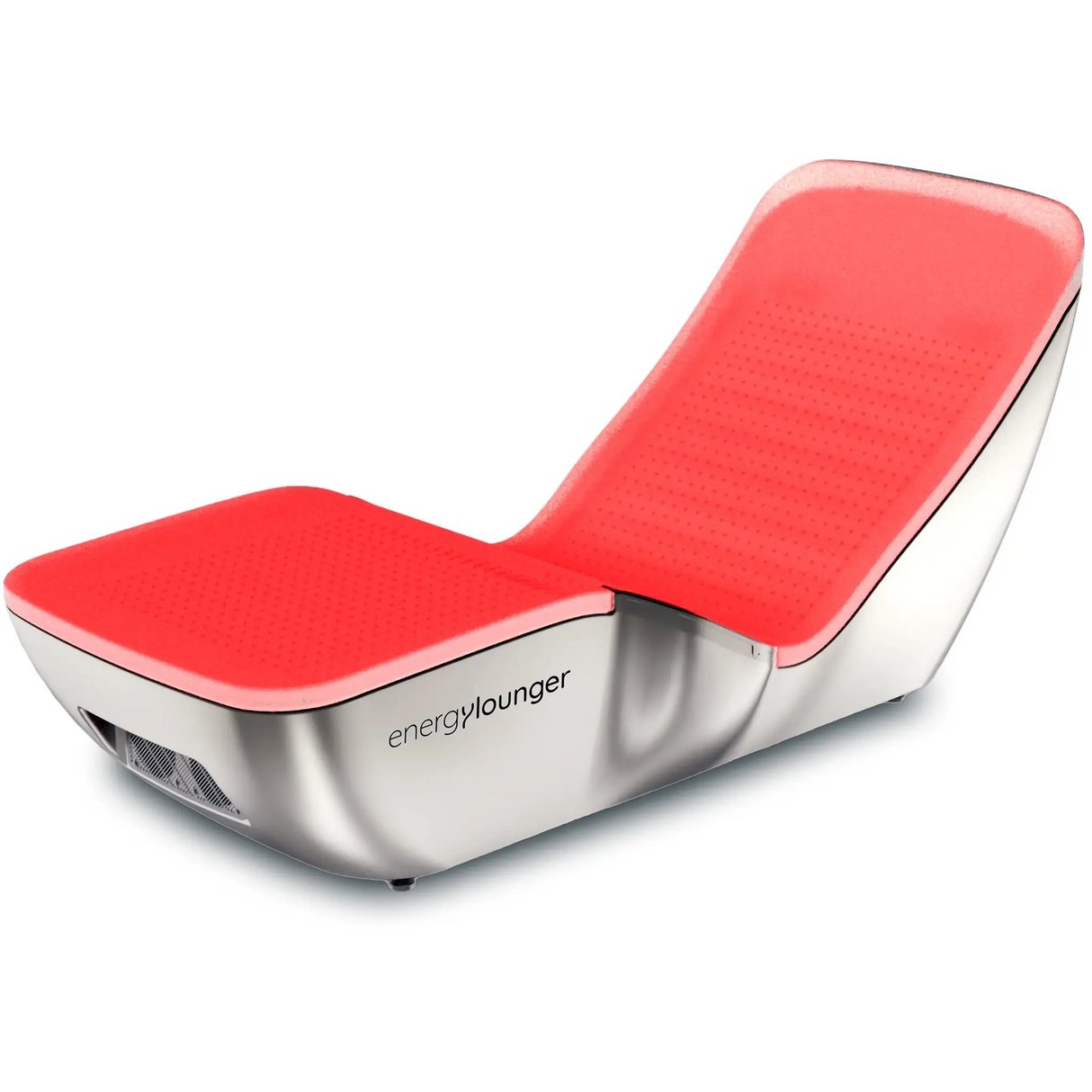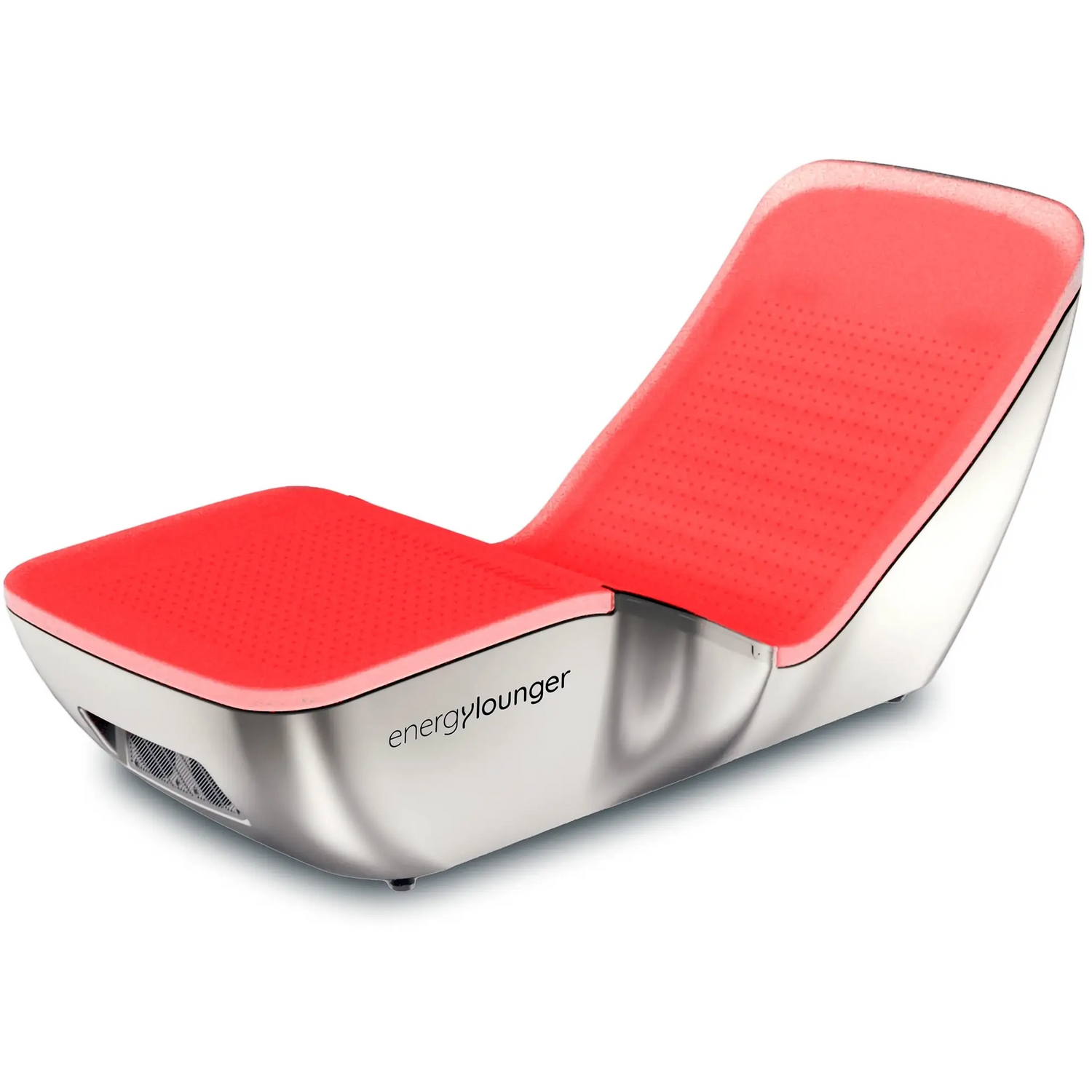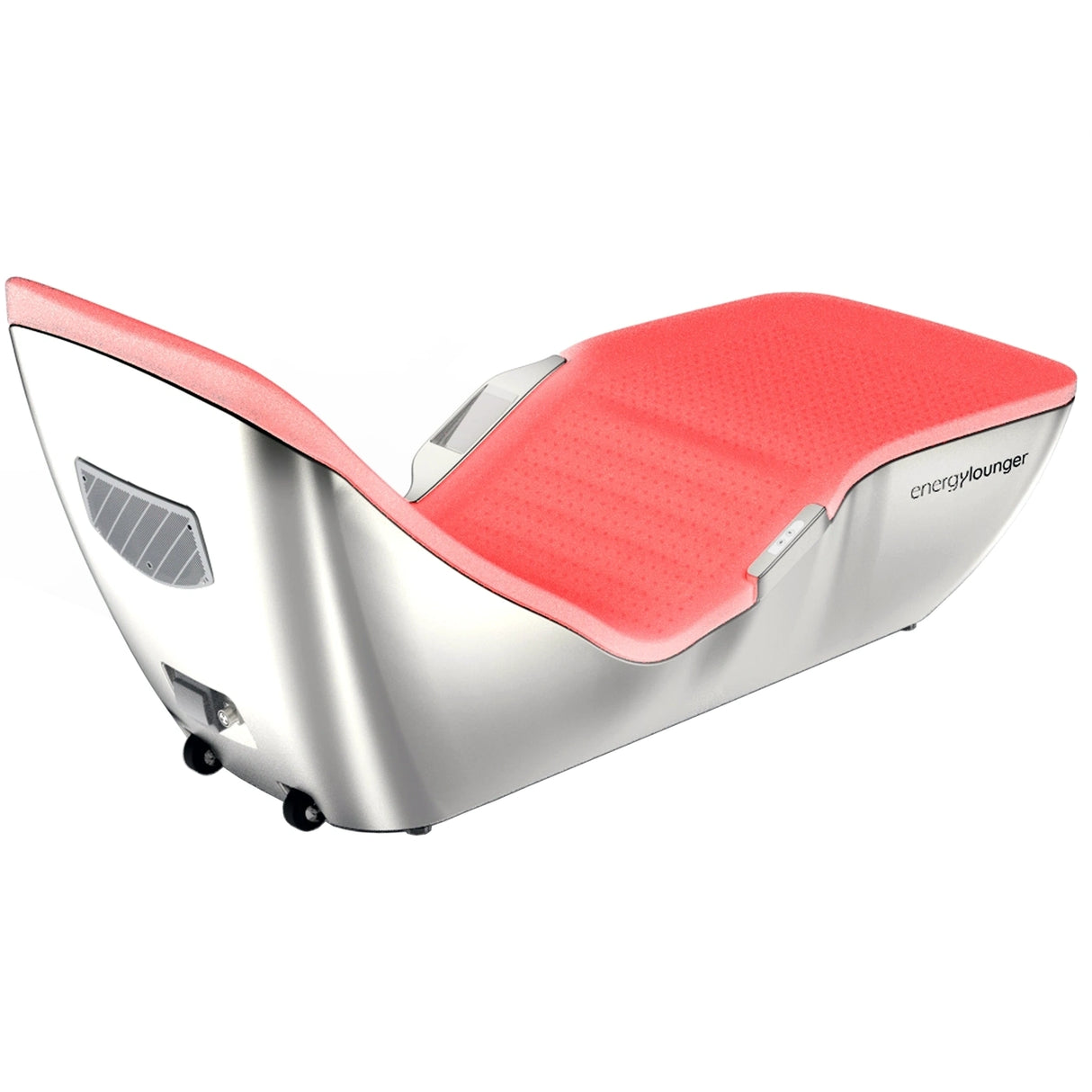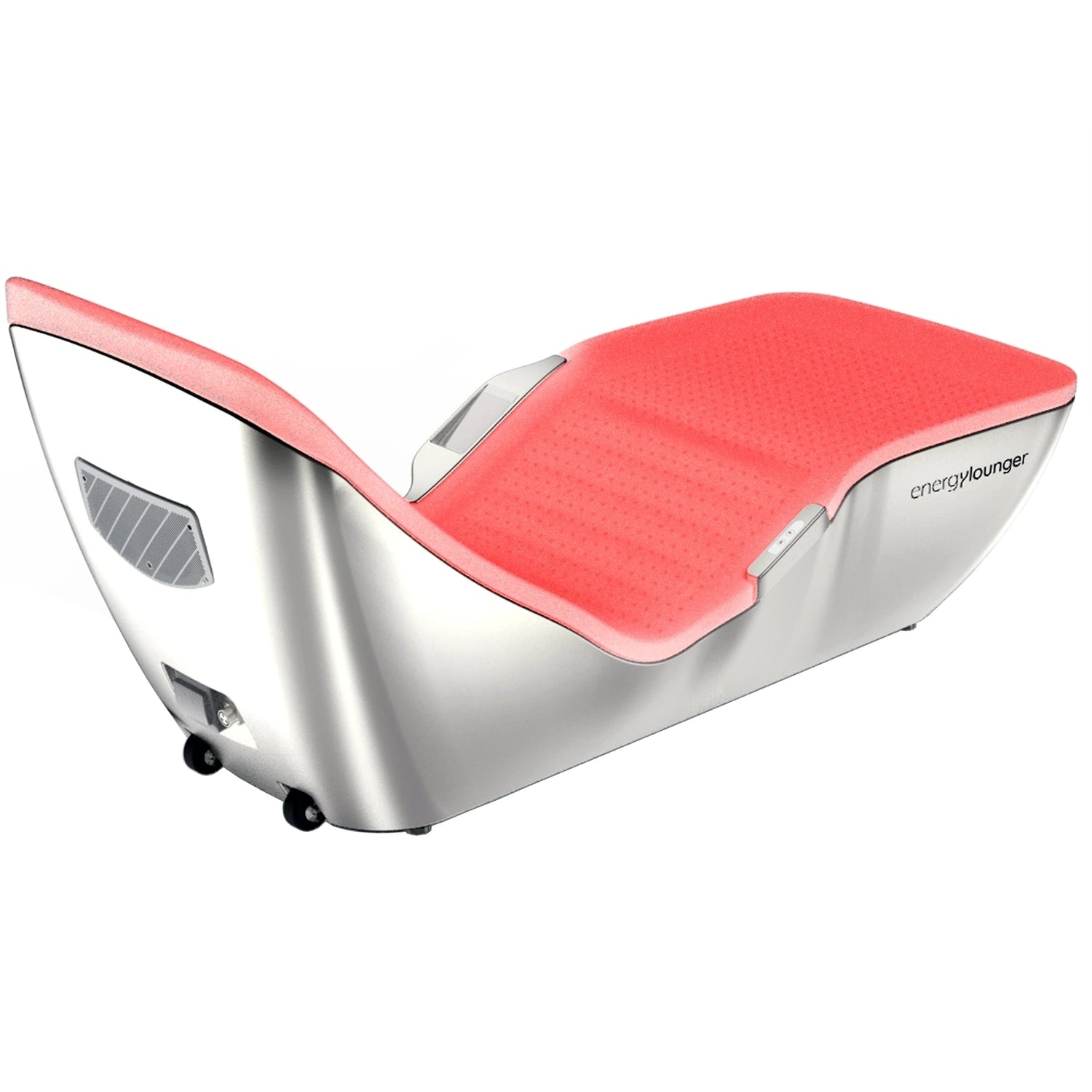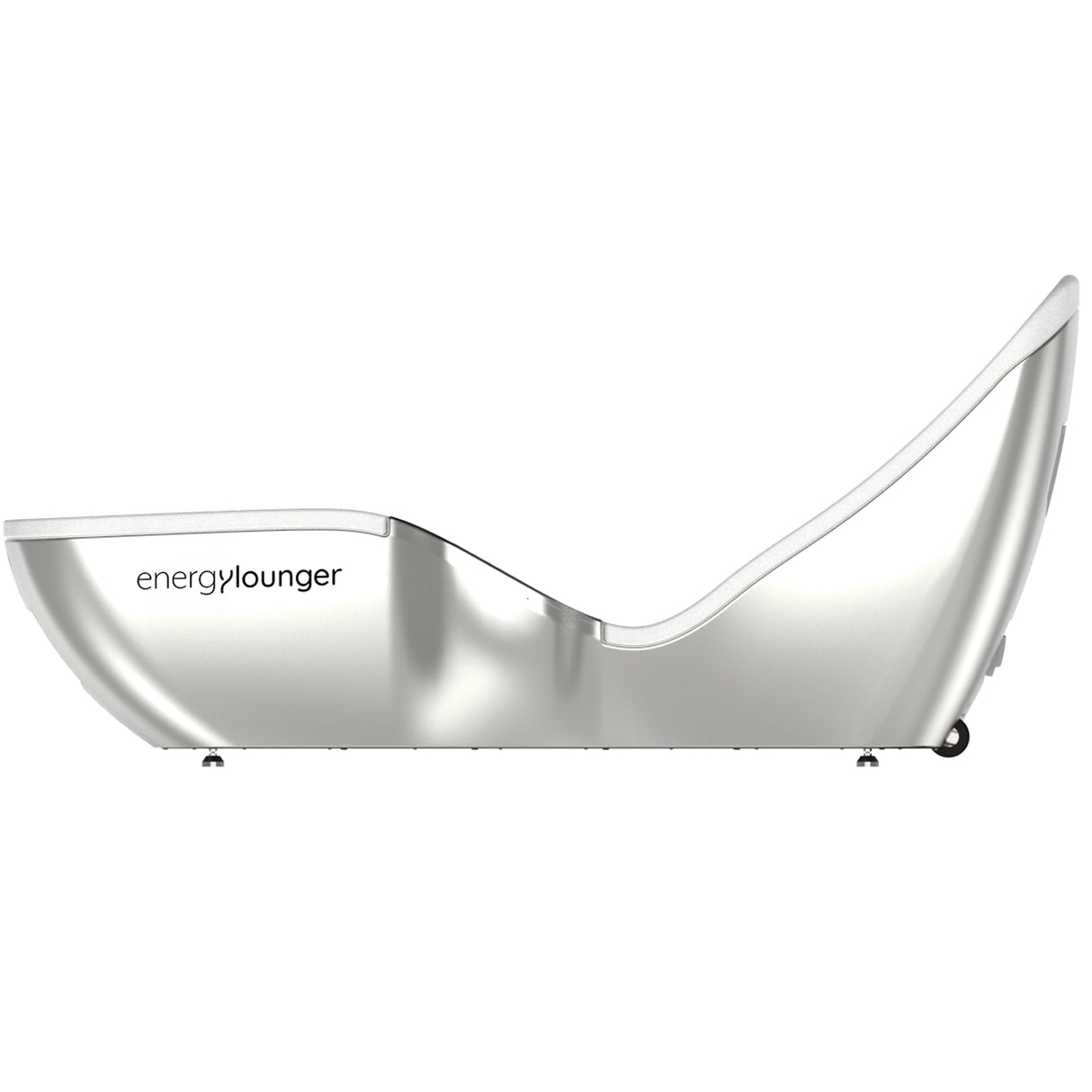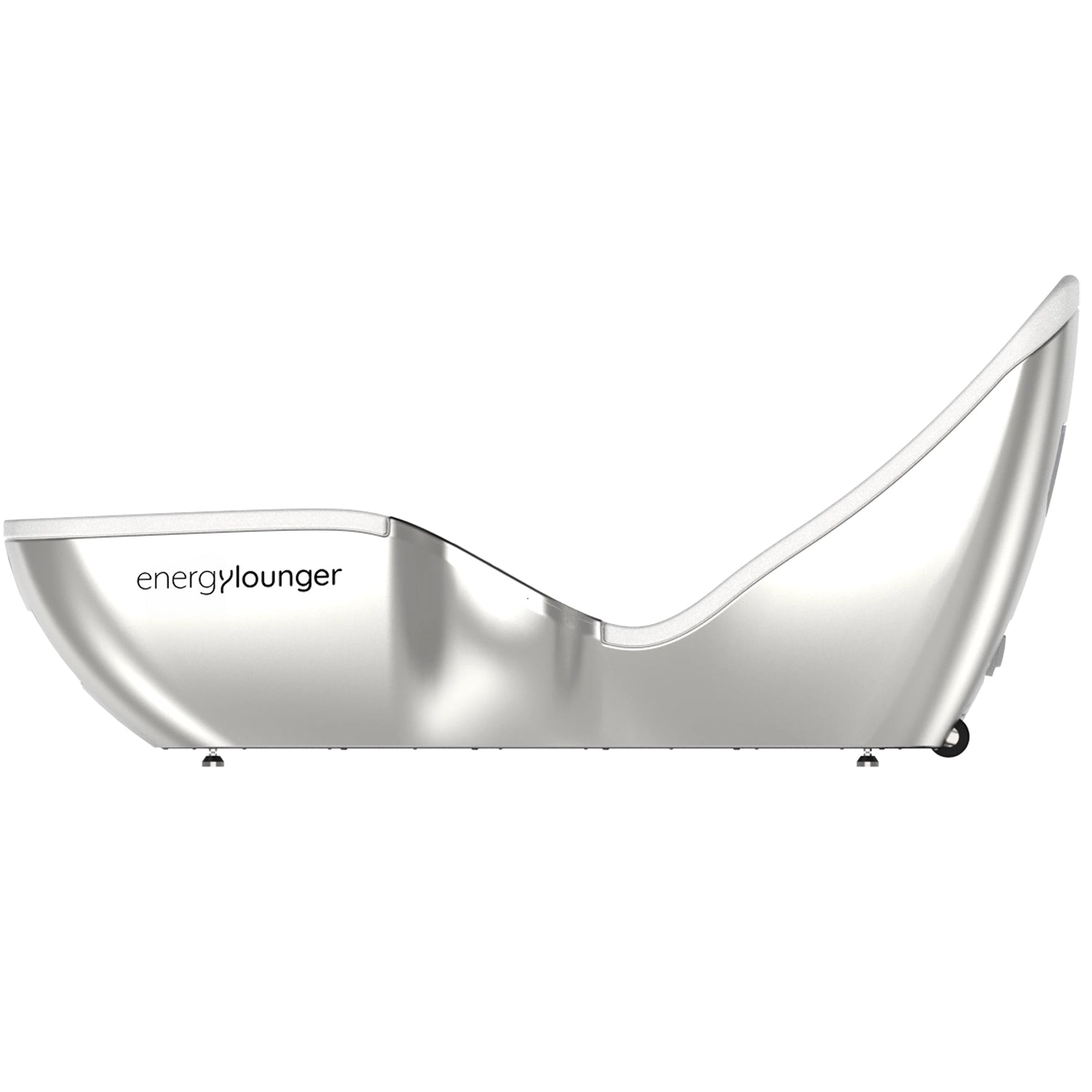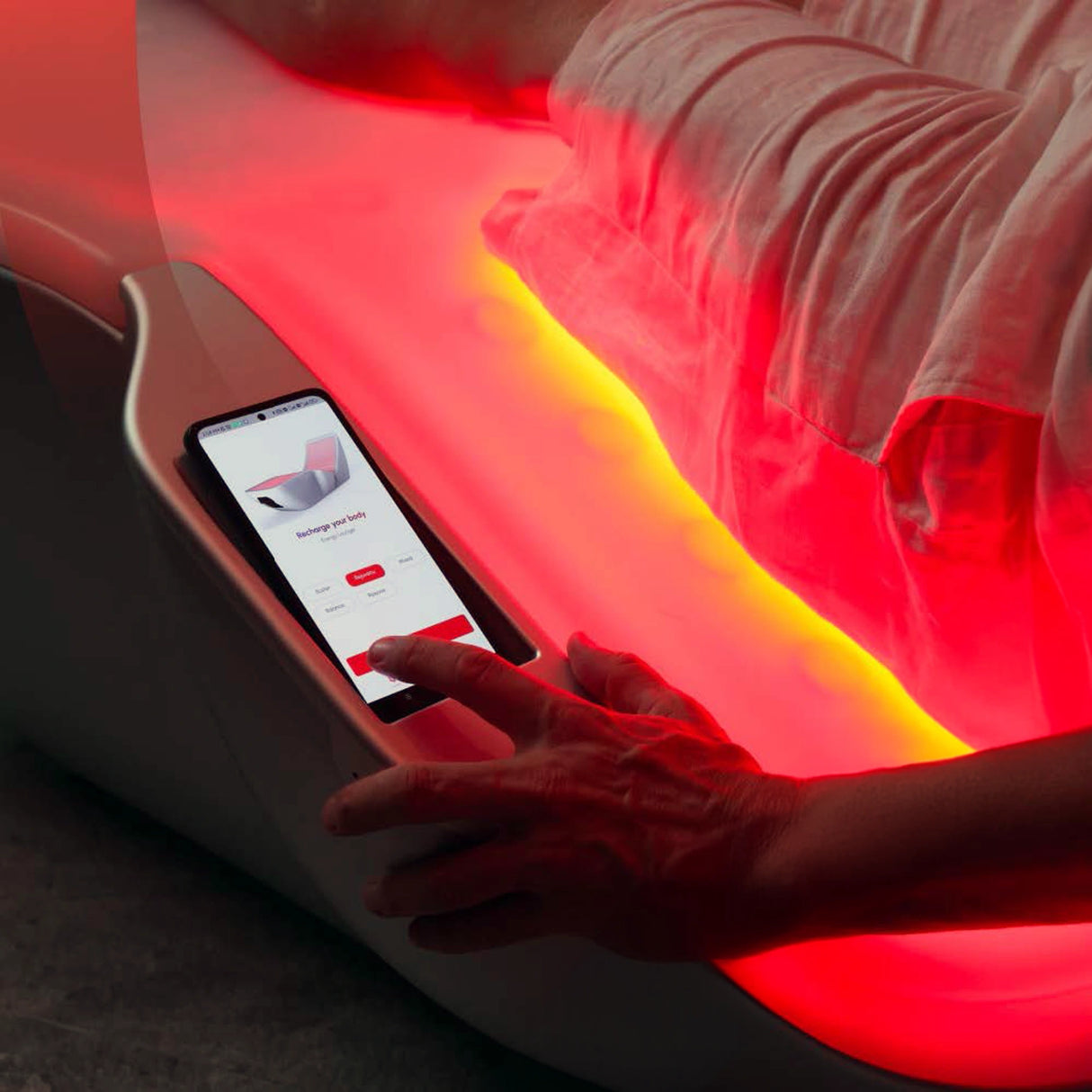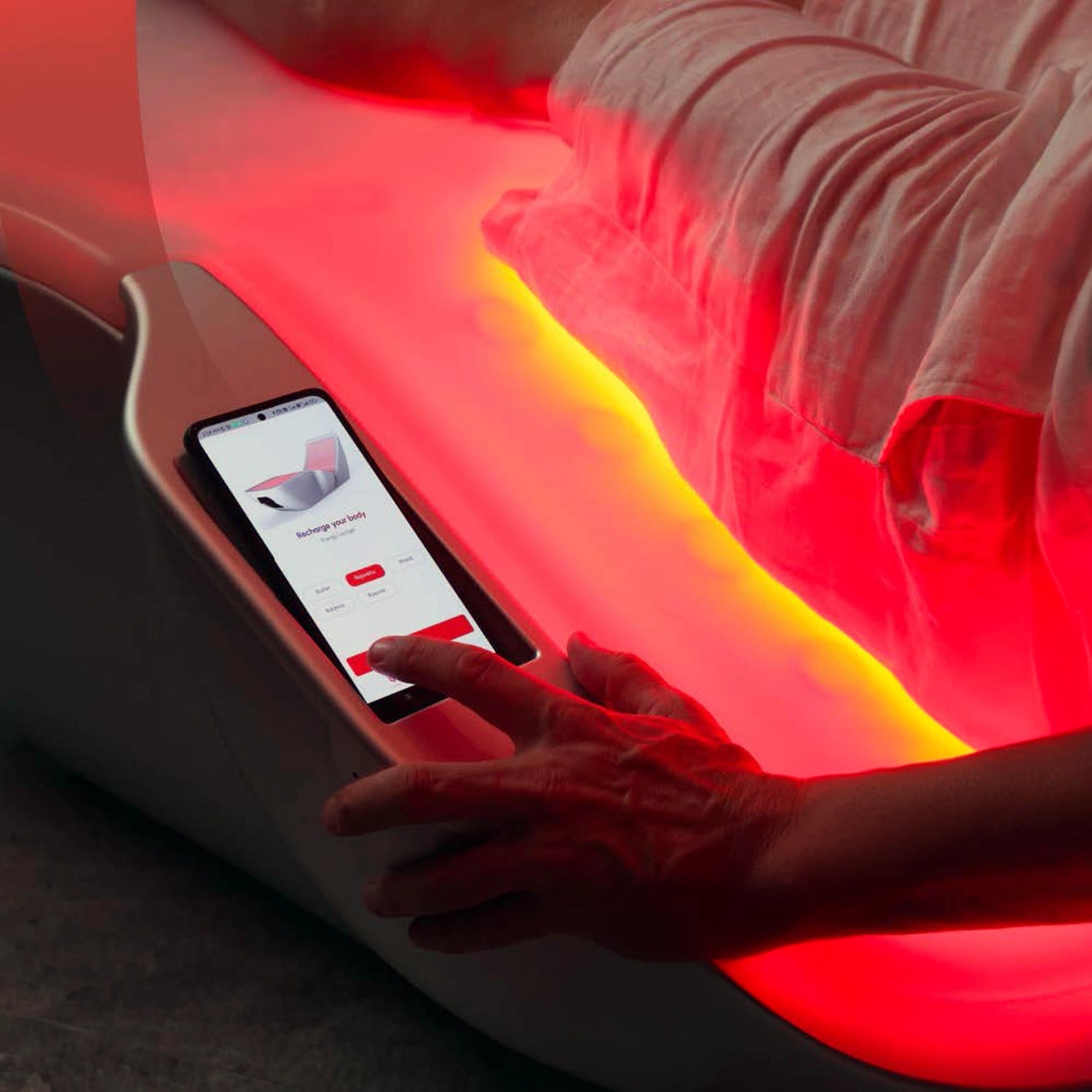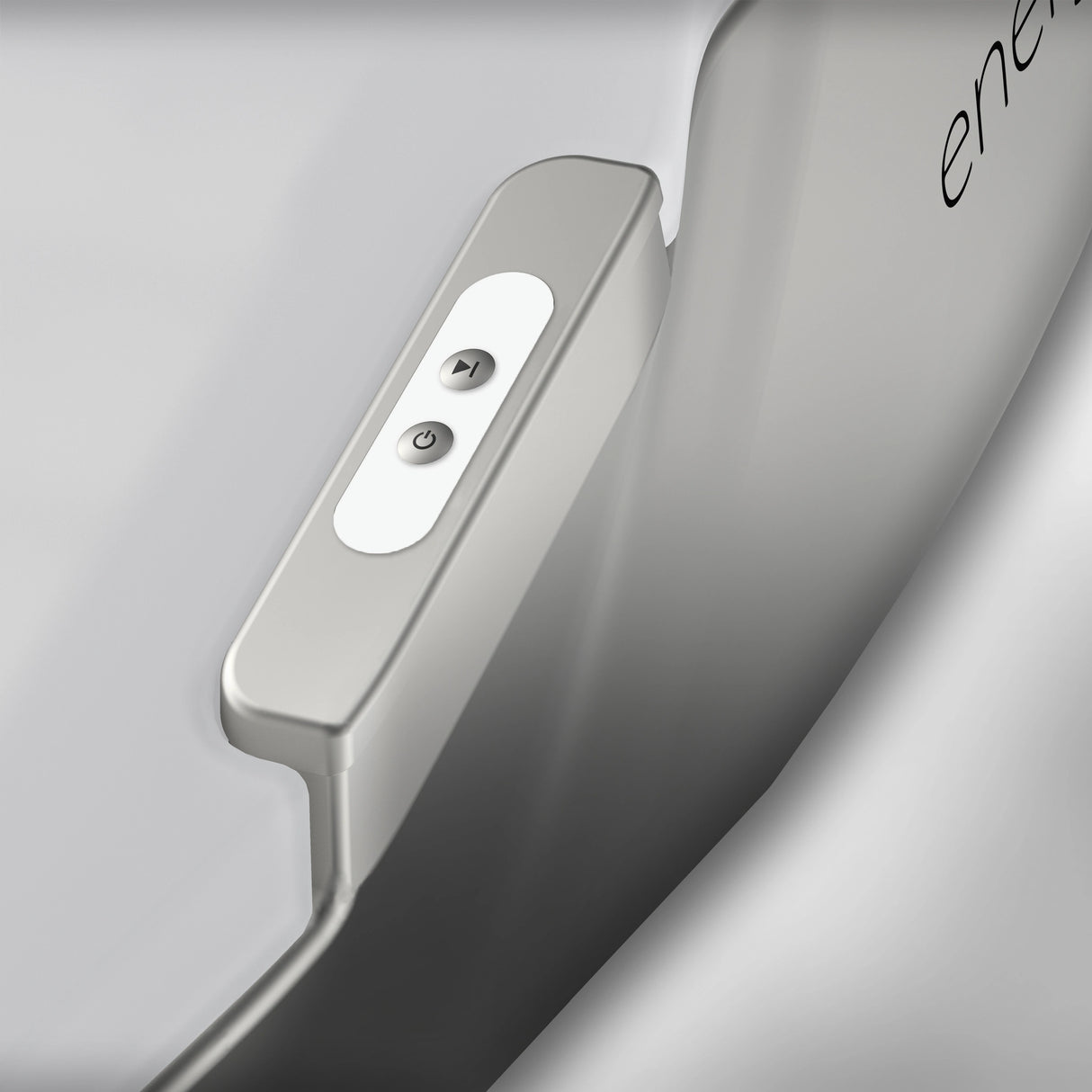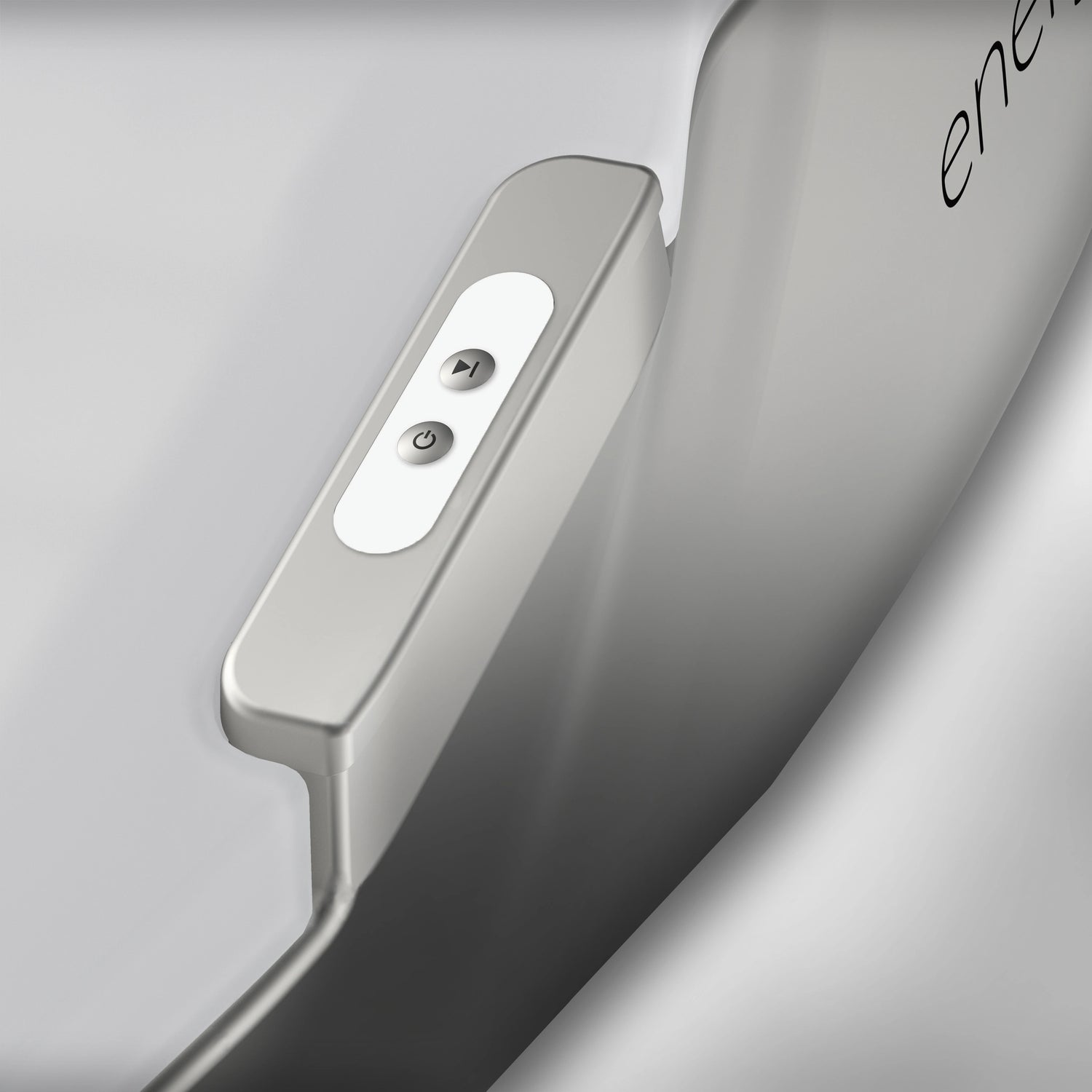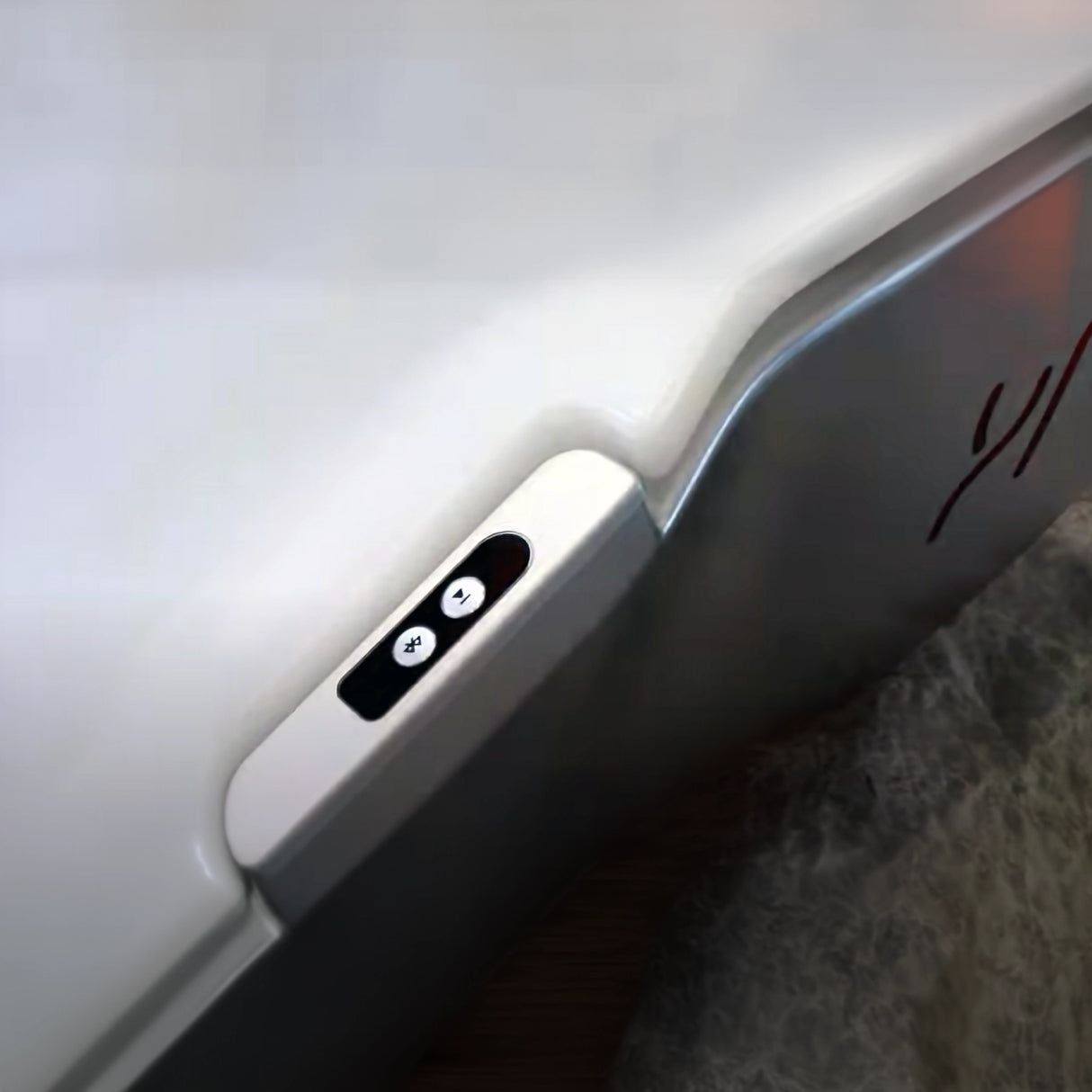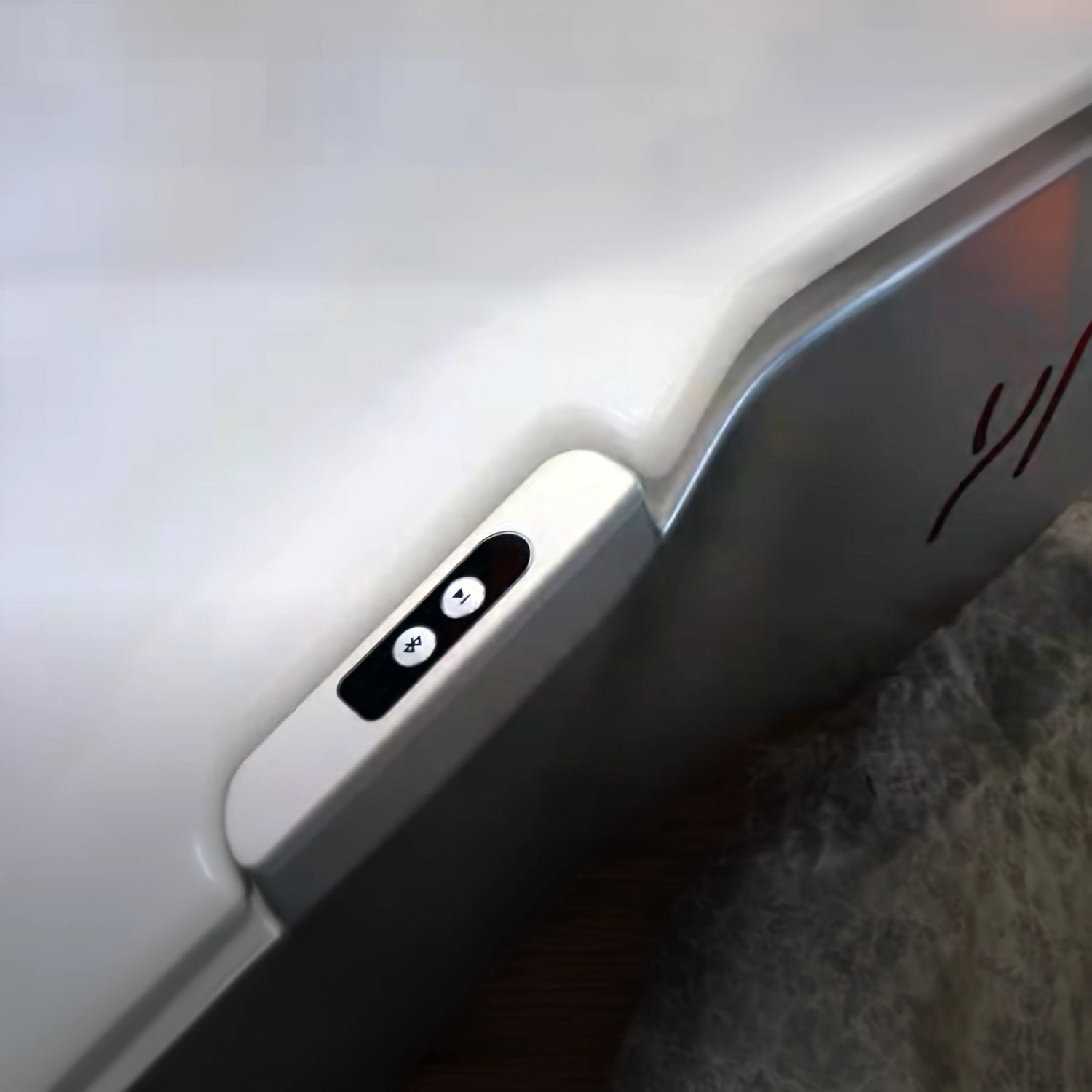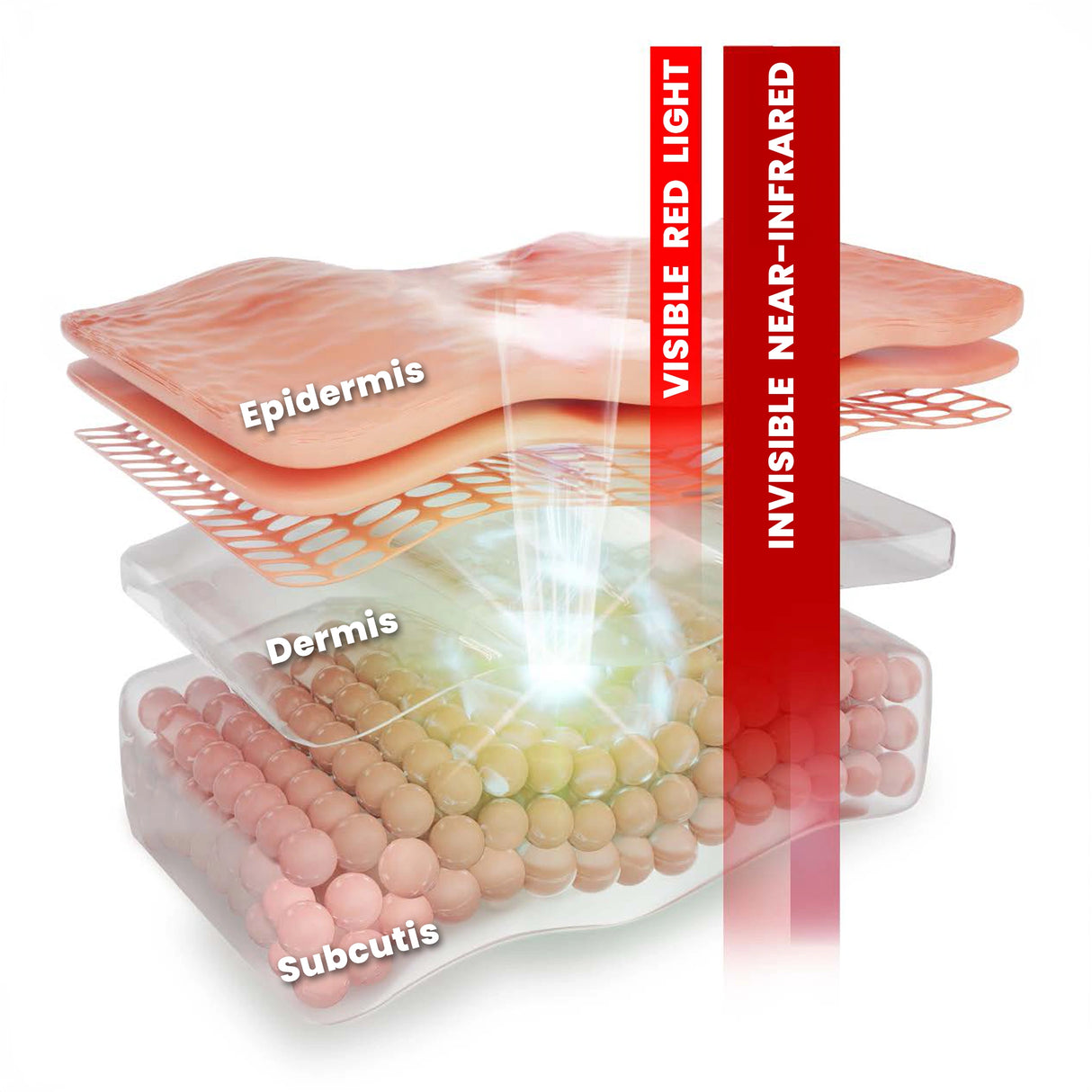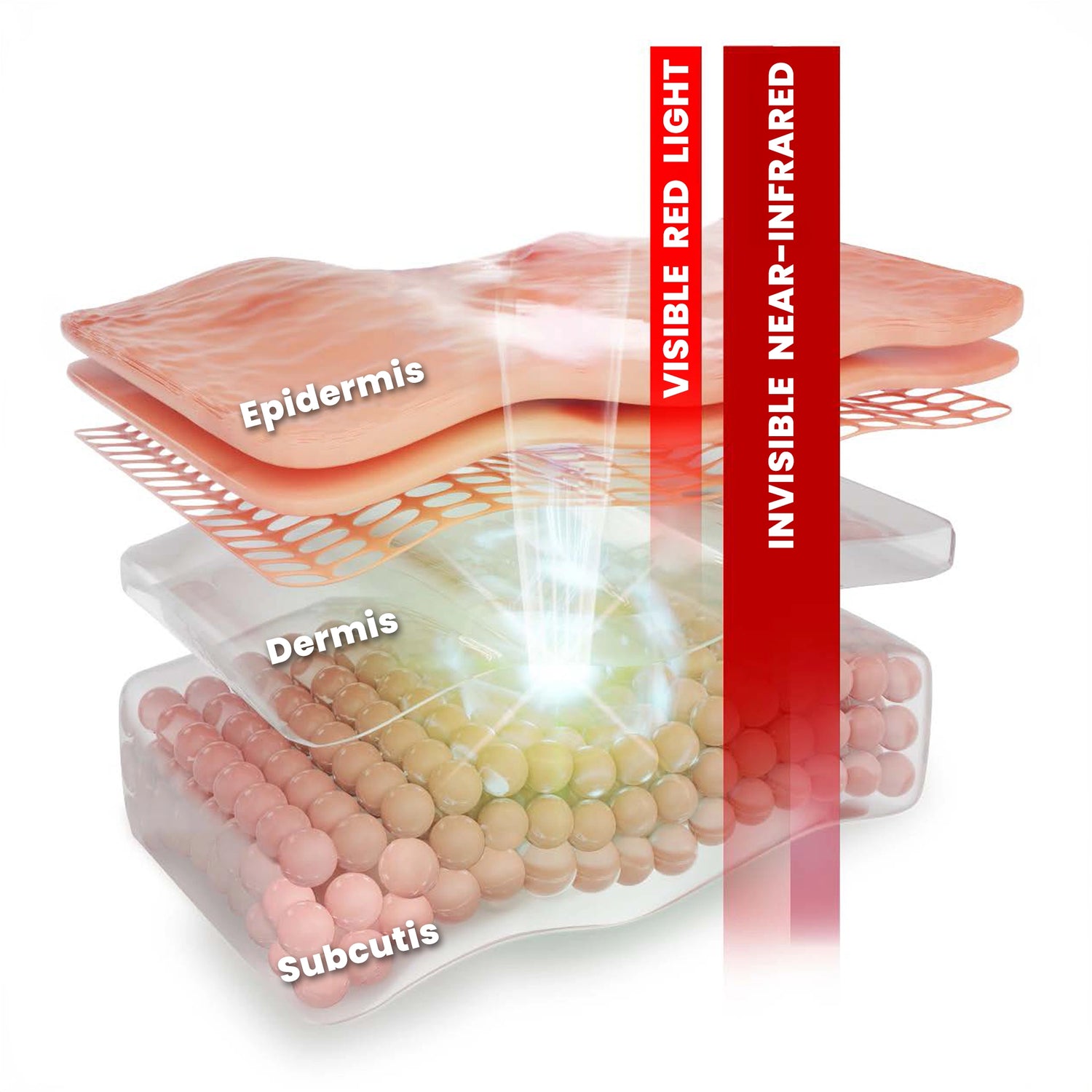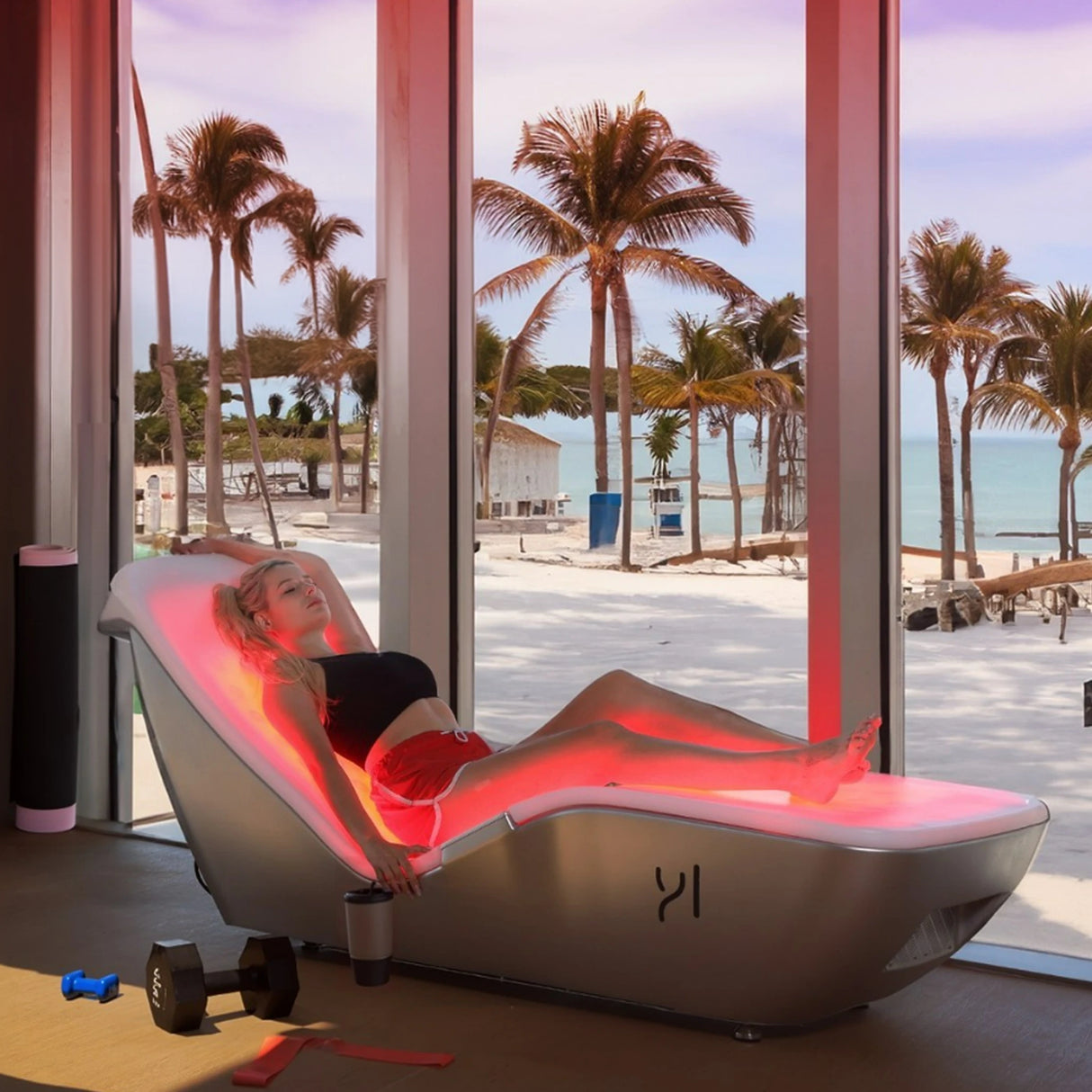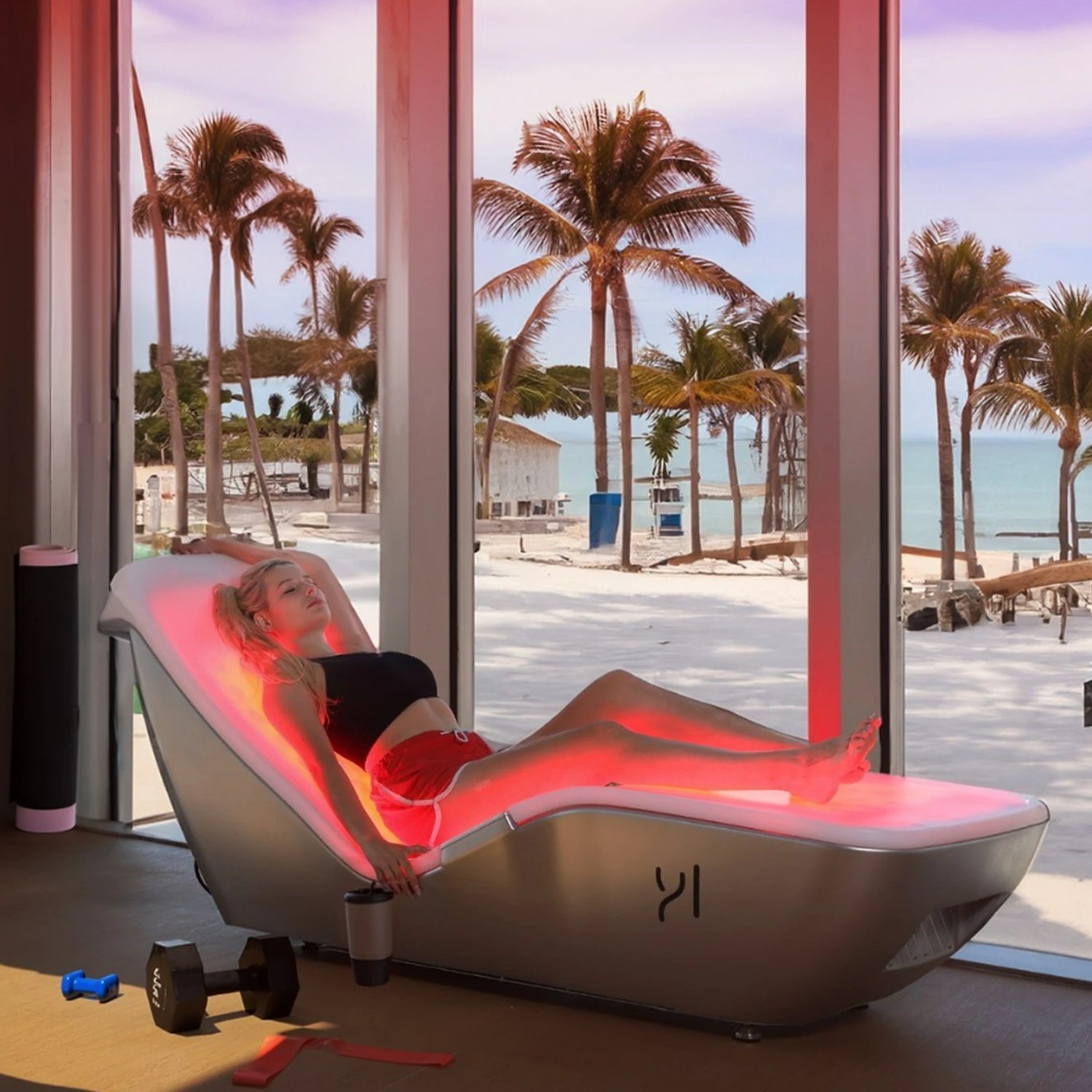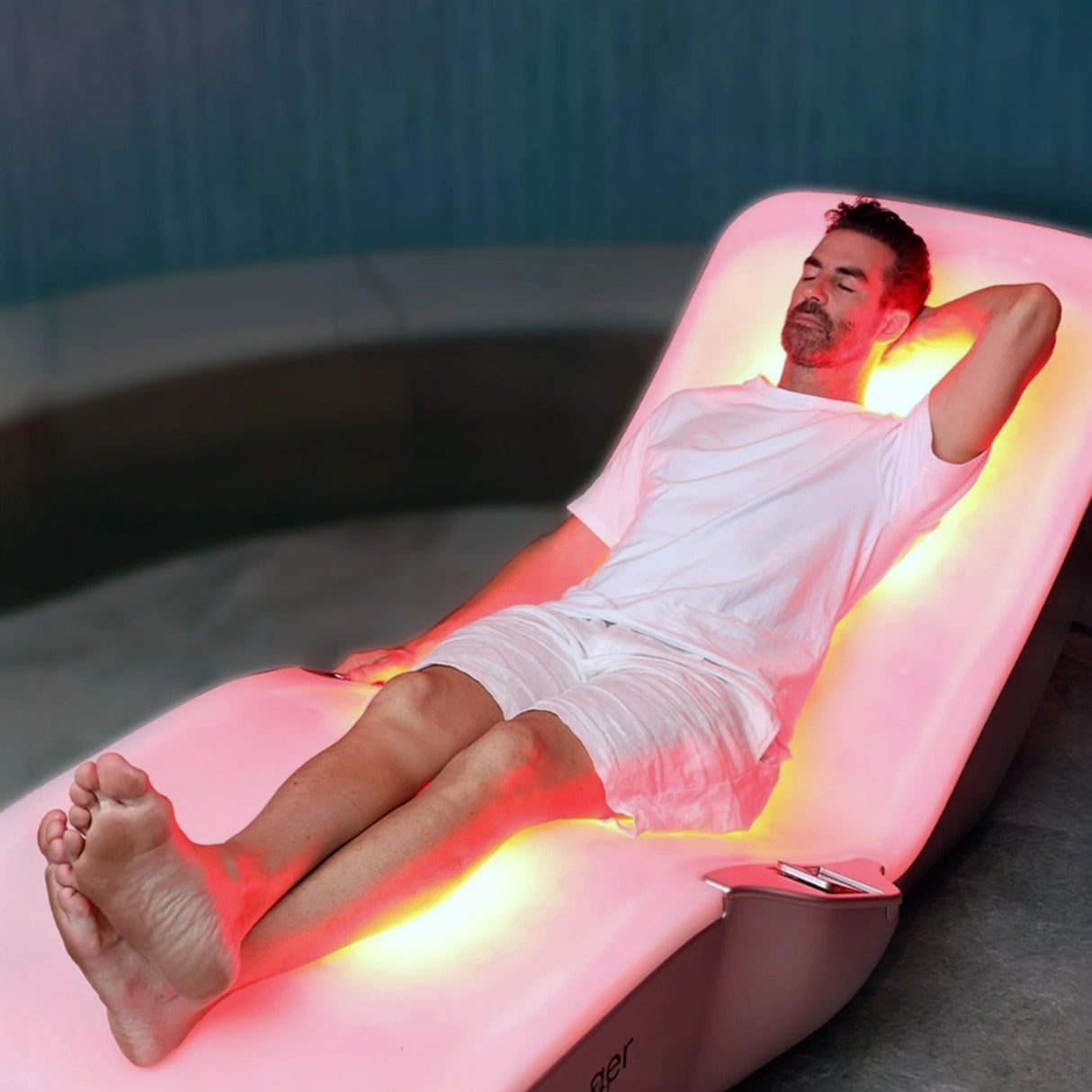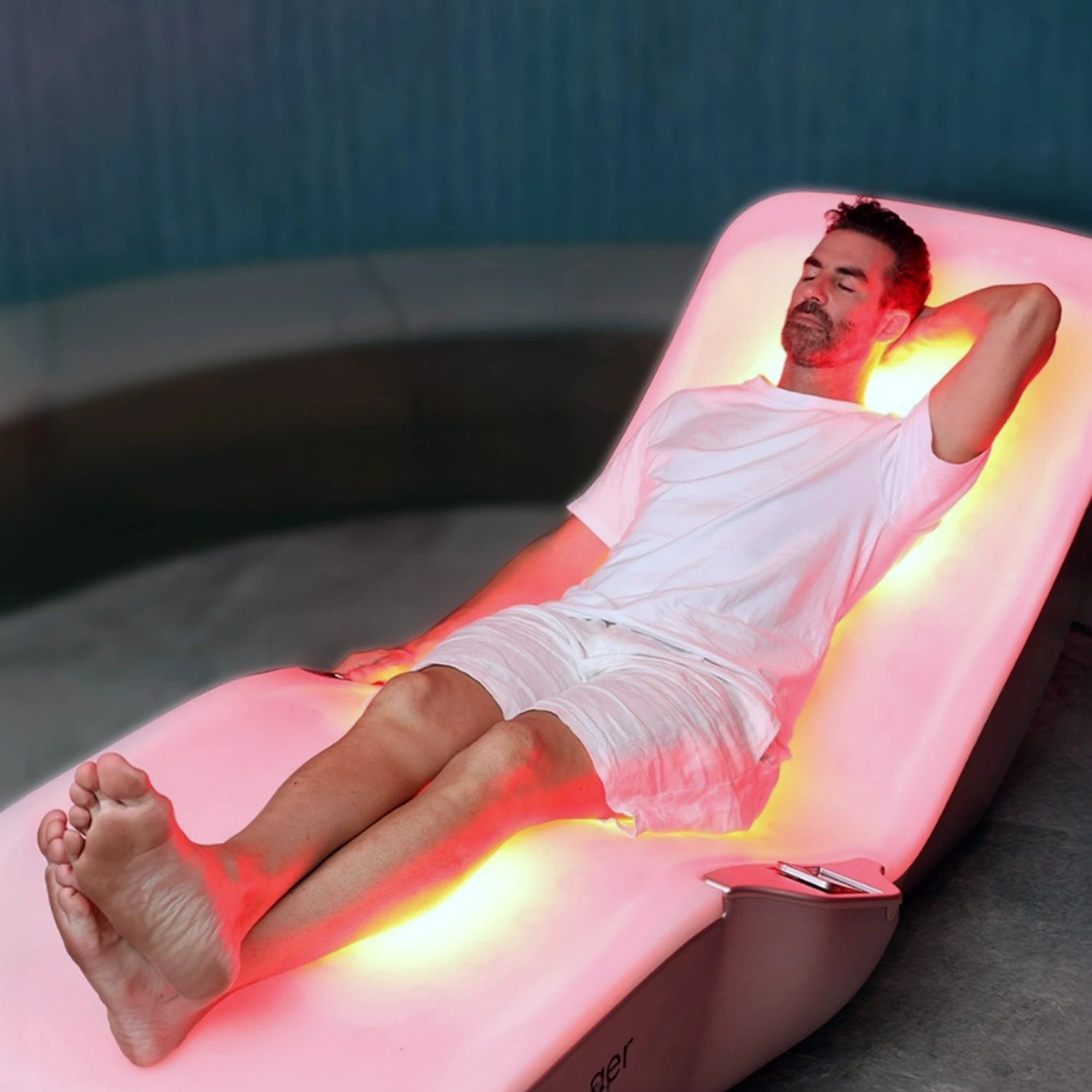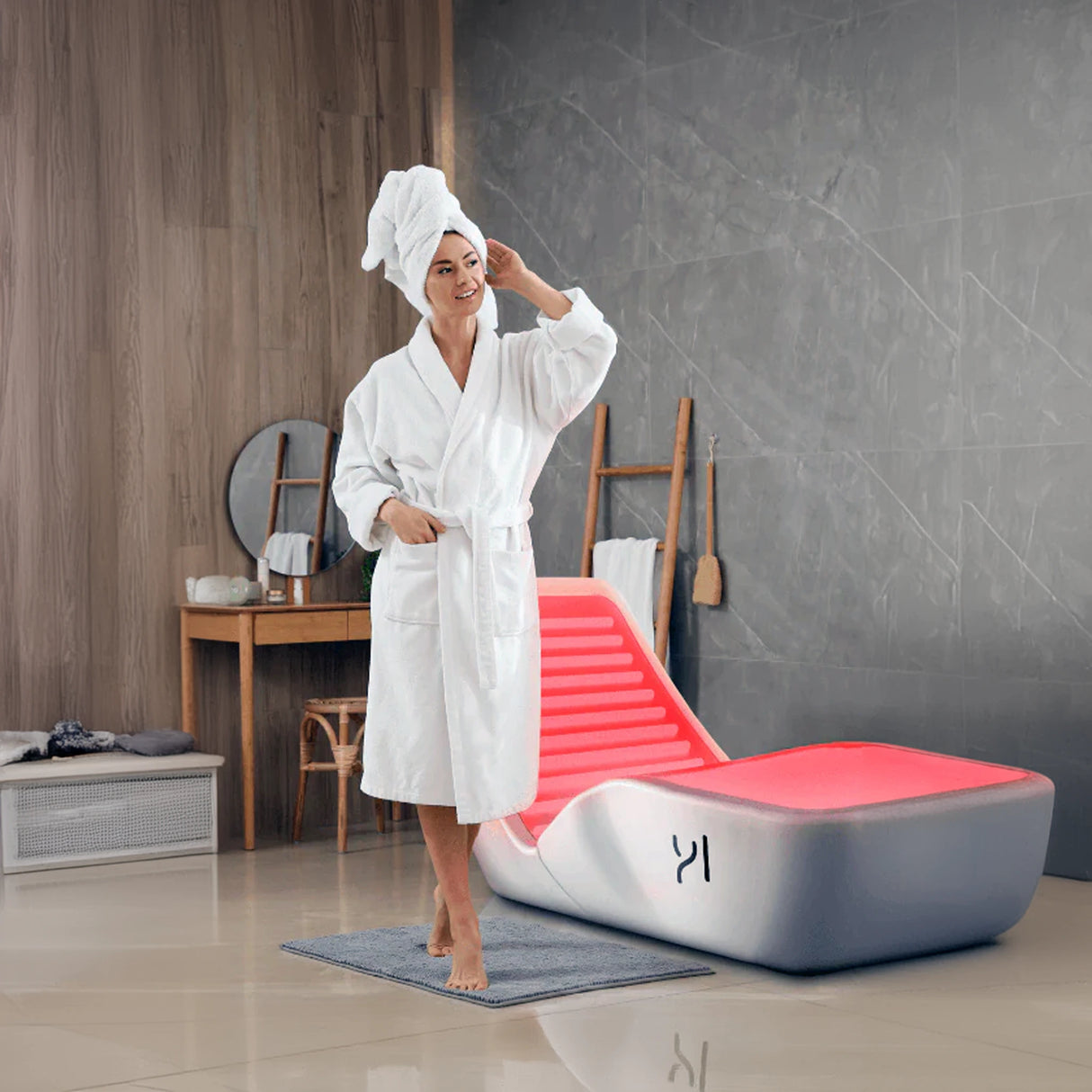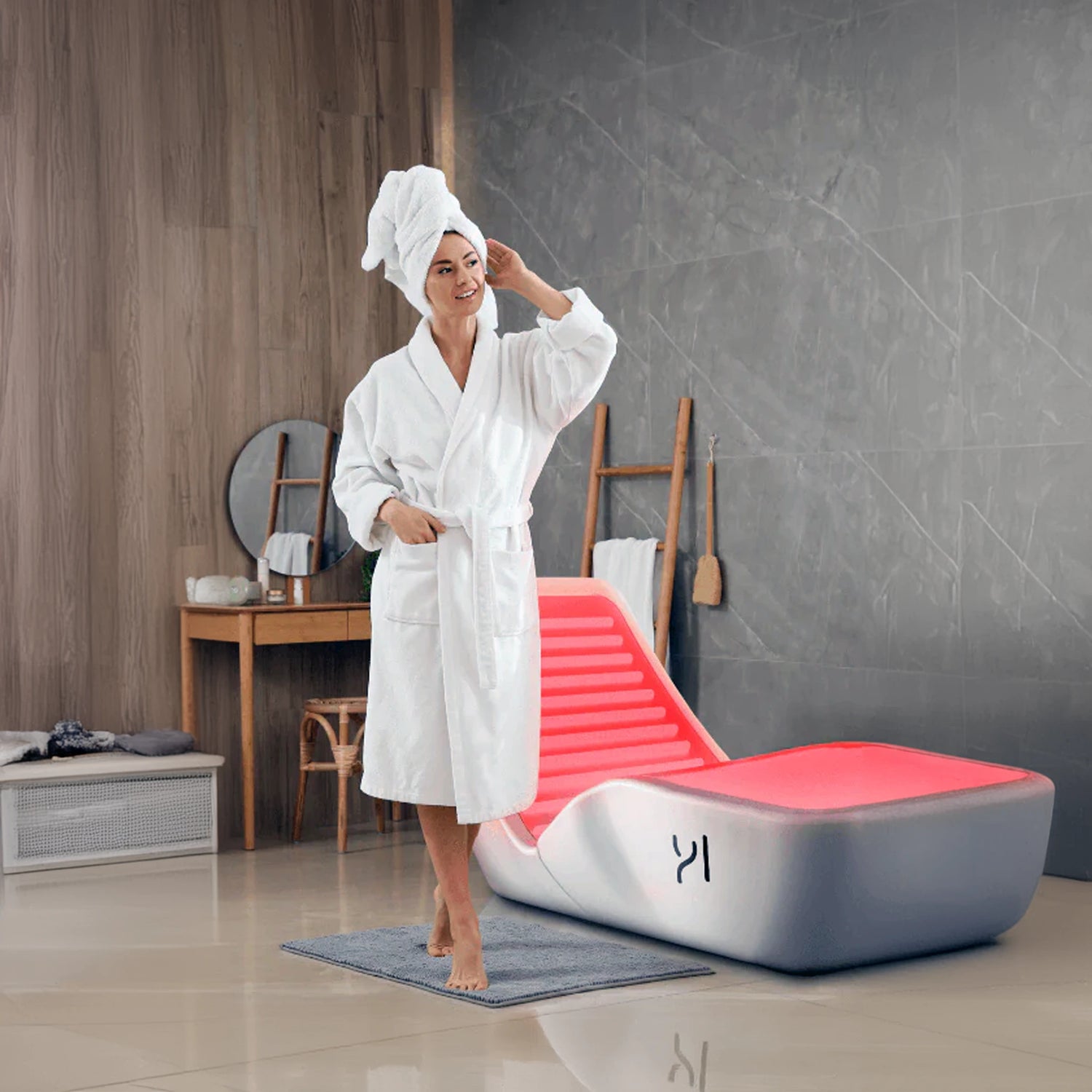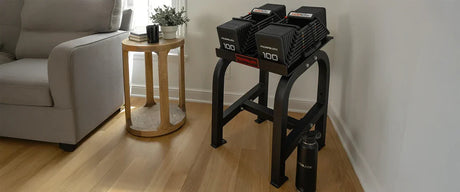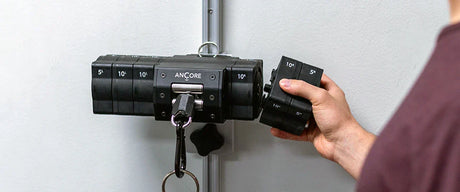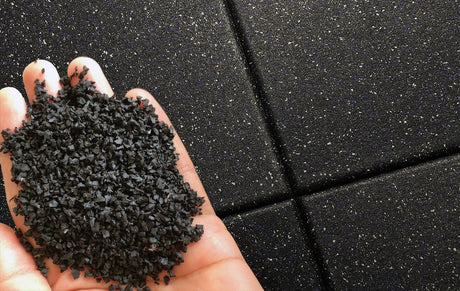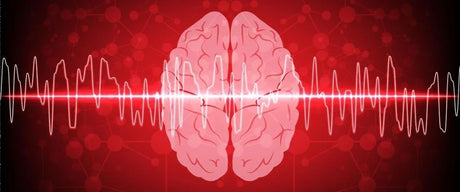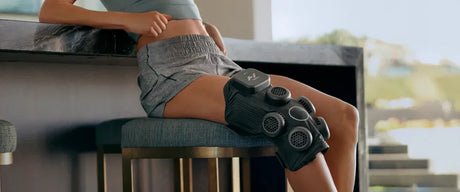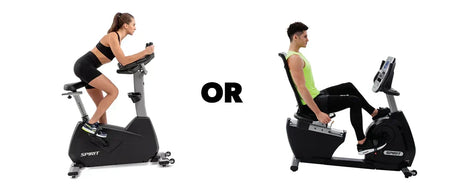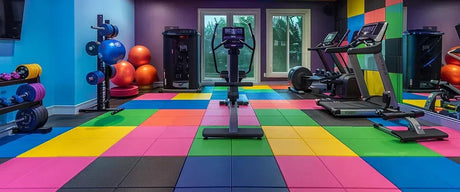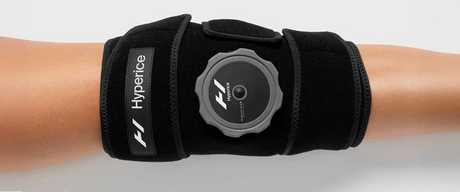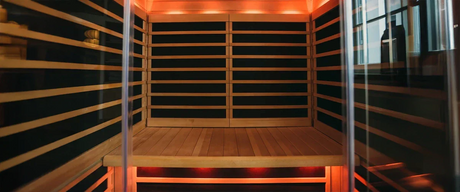Table of Contents:
- Red Light Therapy for Depression: A Natural Solution to Mental Health Challenges
- What is Red Light Therapy and How Does It Work?
- How Red Light Therapy Improves Mental Health
- Using Red Light Therapy for Depression: The Science
- What is the Best Light Therapy for SAD?
- The Broader Benefits of Red Light Therapy
- How to Start Using Red Light Therapy
- Frequently Asked Questions About Red Light Therapy for Depression
- Ready to Transform Your Mental Wellness?
If you’ve ever struggled with feelings of persistent sadness, low energy, or the mental fog that won’t seem to lift, you’re not alone. Depression has quietly crept into the lives of millions, affecting over 280 million people globally each year. Many turn to traditional treatments—like therapy and medication—but what if there was something else, a natural yet scientifically supported method to potentially ease symptoms and restore balance? Enter red light therapy (RLT), a groundbreaking innovation that’s capturing attention for its potential to improve mental health, particularly in managing depression.
Now, you might think of red light therapy as something reserved for skin rejuvenation or athletic recovery. That’s where this gets interesting—because its benefits go far deeper. While RLT is celebrated for healing cells from the outside, studies reveal it can also work wonders on internal cellular functions, tapping into the brain’s chemistry to boost serotonin, regulate neurotransmitters, and even improve sleep patterns.
This isn’t just anecdotal hype, either. Research suggests that the mental health benefits of red light therapy could rival, if not complement, traditional antidepressants—without the side effects. So how exactly does this under-the-radar therapy help people regain emotional stability and even thrive? Let’s dive into the science, the success stories, and the simple ways you can incorporate red light therapy for emotional wellness into your life.
What is Red Light Therapy and How Does It Work?
To truly appreciate the transformative power of red light therapy for depression, it’s important to understand what this therapy is and how it works. Red light therapy, also known as photobiomodulation, uses low-wavelength red light, typically within 600 to 900 nanometers, to penetrate the skin and stimulate cellular activity. Specifically, it targets the mitochondria—commonly referred to as the “powerhouses” of cells—to boost energy production in the form of adenosine triphosphate (ATP). This process enhances cellular function and promotes overall wellness, from physical recovery to mental health stability.
While traditionally associated with benefits like improved skin health and muscle repair, RLT is gaining recognition for its profound impact on emotional health and mood disorders. Its non-invasive and minimal side-effect profile makes it an attractive option for treating depression and related conditions.
How Red Light Therapy Improves Mental Health
The mental health benefits of red light therapy extend far beyond temporary mood boosts. By working at a deep cellular level, RLT addresses some of the root causes of depression and anxiety. Here's how:
Increases Serotonin Levels
Red light therapy has been shown to impact serotonin levels, a crucial neurotransmitter that regulates mood, sleep, and emotional well-being. Studies suggest that exposure to red light can increase serotonin production, helping to combat the chemical imbalances often associated with depression. This is particularly significant for individuals affected by Seasonal Affective Disorder (SAD), where lack of sunlight leads to reduced serotonin levels.
Supports Emotional Wellness
Neurotransmitters like dopamine and serotonin are commonly targeted by traditional antidepressants. Emotional wellness with red light therapy, however, involves a natural stimulation of these chemicals without the potential side effects of medication. Many users report feeling calmer, more focused, and emotionally balanced after regular sessions.
Reduces Anxiety and Stress
Beyond its impact on mood regulation, RLT has been found to reduce anxiety and foster relaxation. By increasing blood flow to the brain and reducing inflammation, the therapy supports mental clarity and alleviates stress-related symptoms.

Using Red Light Therapy for Depression: The Science
Clinical research continues to pile up in favor of red light therapy for depression. Several studies have demonstrated measurable benefits, highlighting RLT as a potential standalone or complementary treatment option.
Regulating Brain Chemistry
RLT directly influences brain chemistry by stimulating neural activity that encourages the production of mood-regulating neurotransmitters. According to studies, definite improvements in depressive symptoms can be observed even after short RLT sessions, with continued therapy yielding progressively better results.
Restoring Circadian Rhythms
Depression often disrupts natural sleep cycles, leading to a vicious cycle of poor rest, fatigue, and worsened mental health. By aiding in the regulation of the body's circadian rhythms, RLT helps improve sleep quality, which is critical for emotional and mental recovery.
Clinical Evidence
- A systematic review found that participants receiving light therapy (red light included) experienced mood improvements comparable to those treated with antidepressants. The therapy's effects were most notable in individuals suffering from Seasonal Affective Disorder (Psychiatry Online).
- Another study concluded that exposure to red light, even for short durations, improved mitochondrial health and showed strong anti-inflammatory properties, further reducing depressive symptoms.
What is the Best Light Therapy for SAD?
When it comes to seasonal depression, finding the best light therapy for SAD can feel like trial and error. While various types of light therapy exist, each offers unique advantages:
| Type of Light Therapy | Benefits | Considerations |
|---|---|---|
| Bright Light Therapy | Quick results; effective for SAD symptoms | May cause discomfort for light-sensitive users |
| Red Light Therapy | Gentle, non-invasive, boosts serotonin naturally | Requires more consistent use for clinical results |
| Dawn Simulation | Supports natural wake-up cycles; user-friendly | Limited effectiveness in severe SAD cases |
For those seeking gentle yet effective solutions, RLT is often the preferred choice, especially due to its non-invasive nature and additional benefits that stretch beyond SAD symptoms. Products like the EnergyLounger offer a premium red light therapy solution.

The Broader Benefits of Red Light Therapy
Emotional Stability and Stress Reduction
Users consistently highlight the calming, grounding effect of RLT. By integrating RLT into their routines, many individuals report fewer conflicts, deeper emotional awareness, and an enhanced sense of well-being.
Improved Sleep and Mental Clarity
Quality sleep is another standout benefit. As RLT restores circadian balance, it enables deeper, more restorative sleep cycles—essential for both mental and physical recovery.

How to Start Using Red Light Therapy
Incorporating RLT into your self-care routine doesn’t have to be complicated:
- Choose the Right Device High-quality LED panels designed for home use offer convenience and cost-effectiveness. Look for devices within the 600-900 nm wavelength range for optimal results. Red light can also be found in certain other products like saunas, layering multiple therapeutic treatments together.
- Stick to a Routine Most therapies recommend sessions lasting 10-20 minutes, 3-5 times per week. Consistency is key to achieving full mental health benefits of red light therapy.
- Safety First Always follow the manufacturer’s directions, especially regarding eye protection. If you have underlying health conditions, consult a healthcare provider before starting (WebMD).
In closing, the profound impact of red light therapy and serotonin levels on emotional wellness and mental clarity cannot be overstated. For those eager to try a natural yet scientifically backed mental health remedy, adding RLT to your wellness toolbox might just be the game-changer you’ve been searching for. Explore more about red therapy products here.
Frequently Asked Questions About Red Light Therapy for Depression
1. What is red light therapy, and how does it work for depression?
Red light therapy (RLT) uses low-wavelength red light (600-900 nm) to penetrate the skin and stimulate the mitochondria, increasing energy production at a cellular level. For depression, it helps to boost serotonin levels, regulate brain chemistry, and improve circadian rhythms, contributing to mood stabilization and emotional wellness.
2. Does red light therapy improve serotonin levels?
Yes, red light therapy has been shown to naturally elevate serotonin levels, which play a crucial role in mood regulation, sleep, and reducing symptoms of depression, particularly in cases like Seasonal Affective Disorder (SAD).
3. Can red light therapy reduce anxiety and stress?
Red light therapy promotes relaxation by improving blood flow to the brain and reducing inflammation. These effects enhance mental clarity, lower stress levels, and reduce symptoms of anxiety, making it an effective natural therapy for emotional calmness.
4. Is red light therapy effective for Seasonal Affective Disorder (SAD)?
Yes, red light therapy is a gentle and non-invasive option for treating SAD. By boosting serotonin levels and supporting circadian rhythms, RLT helps combat mood fluctuations caused by reduced sunlight, offering relief during darker months.
5. How does red light therapy compare with other light therapy options?
| Therapy Type | Key Benefits | Drawbacks |
|---|---|---|
| Bright Light Therapy | Quick results, effective for SAD | Harsh on sensitive eyes |
| Red Light Therapy | Natural serotonin boost, non-invasive | Requires consistent use |
| Dawn Simulation | Mimics natural light patterns | Limited for severe SAD cases |
6. How long does it take for red light therapy to work for depression?
Many users report noticeable improvements in mood and emotional clarity after just a few sessions. Consistent use—typically 10-20 minutes per session, 3-5 times per week—can yield significant results over several weeks.
7. Is red light therapy safe for mental health use?
Yes, red light therapy is generally considered safe. Its non-invasive nature and lack of severe side effects make it a popular alternative for improving mood and reducing symptoms of depression. Always follow manufacturer guidelines and consult a healthcare provider if needed.
8. Which devices are best for red light therapy at home?
High-quality LED panels with wavelengths between 600-900 nm are ideal for home use. These devices are designed for ease of use and consistent therapy sessions, providing convenient access to mental health benefits.
Ready to explore red light therapy for your mental health? Check out the latest high-quality red light therapy devices to bring emotional wellness into your home routine.
Ready to Transform Your Mental Wellness?
If there’s one thing red light therapy shows us, it’s that healing doesn’t always have to come from a complicated, invasive process. This science-backed, natural approach reaches deep into the roots of mental health challenges like depression, anxiety, and Seasonal Affective Disorder to restore balance, improve emotional well-being, and even enhance how you feel and function every day. From boosting serotonin levels to improving sleep and calming the mind, red light therapy is more than just a wellness trend—it’s a powerful, practical solution for those ready to embrace better health.
And here’s the beauty of it: integrating RLT into your life is incredibly accessible. Whether you’re looking to support your mood, sharpen your focus, or simply get a better night’s sleep, the right RLT device can become a cornerstone of your self-care routine. That’s where Blue Sky Fitness Supply can help. Offering a range of high-quality red light therapy tools, Blue Sky Fitness Supply is here to make your journey toward improved mental health seamless and effective. Explore their collection, ask questions, and find the right device tailored to your unique wellness goals.
Your next step? Don’t let another season, week, or day go by where your mental health feels out of reach. Take charge of your emotional wellness. You deserve to feel grounded, energized, and balanced—and with red light therapy, that reality is closer than you might imagine. Why not start today? After all, the light you’ve been searching for might just be a click away.



